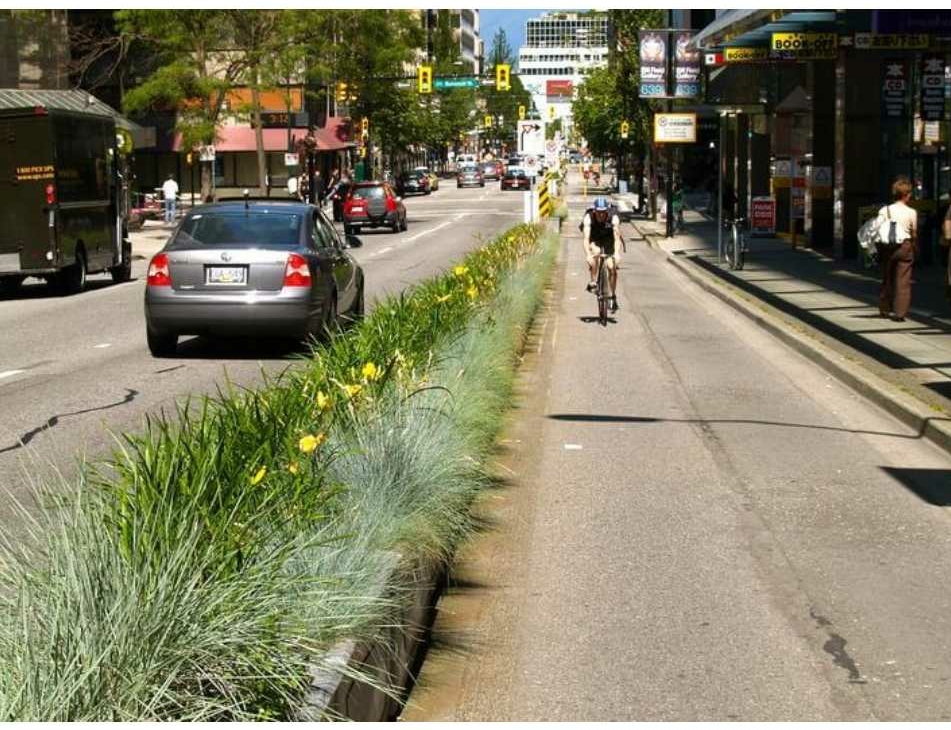
Vancouver, British Columbia, has aggressive aspirations for sustainability. Its goal is to be entirely powered by clean energy by 2050 — not just electricity, but transportation and heating as well. (I talked to city manager Sadhu Johnston about it in July 2016.)
As part of that effort, the city adopted the goal of 50 percent “sustainable mode share” by 2020 — half of all trips in the city taken by walking, biking, or transit rather than automobile.
Fun fact: The city hit that target in 2015, five years early.
The video above, by Clarence Eckerson Jr. of Streetfilms, tells the story of how it happened. As Brent Toderian, a former Vancouver chief planner (who I interviewed at length in June), explains in the film, the city’s success traces all the way back to the 1960s and ’70s, when the extraordinarily prescient citizens of Vancouver rejected a plan to build a network of urban freeways through the city.
Today, it remains the only major city in North America unmarred by freeways. (My home city of Seattle is tragically bisected by the monstrous scar that is Interstate 5, though there’s recently been talk of burying or even removing it.)
In the decades since, progressive political leadership has made alternative transportation modes in Vancouver not just practical but better — “delightful,” as Toderian says.
There’s Vancouver’s automated, grade-separated SkyTrain system, with trains that, in peak hours, come every 90 seconds. With the opening of its most recent line just this year, it now has 53 stations and carries more than 100 million passengers a year. It also boasts some of the most stunning views of any transit I’ve ever ridden.
The downtown core, along with more and more outlying neighborhoods, is crisscrossed by physically separated bike lanes, making biking substantially safer and more pleasant. Ten percent of all commutes are now done on bicycles, putting the
the city far ahead of its North American peers.
